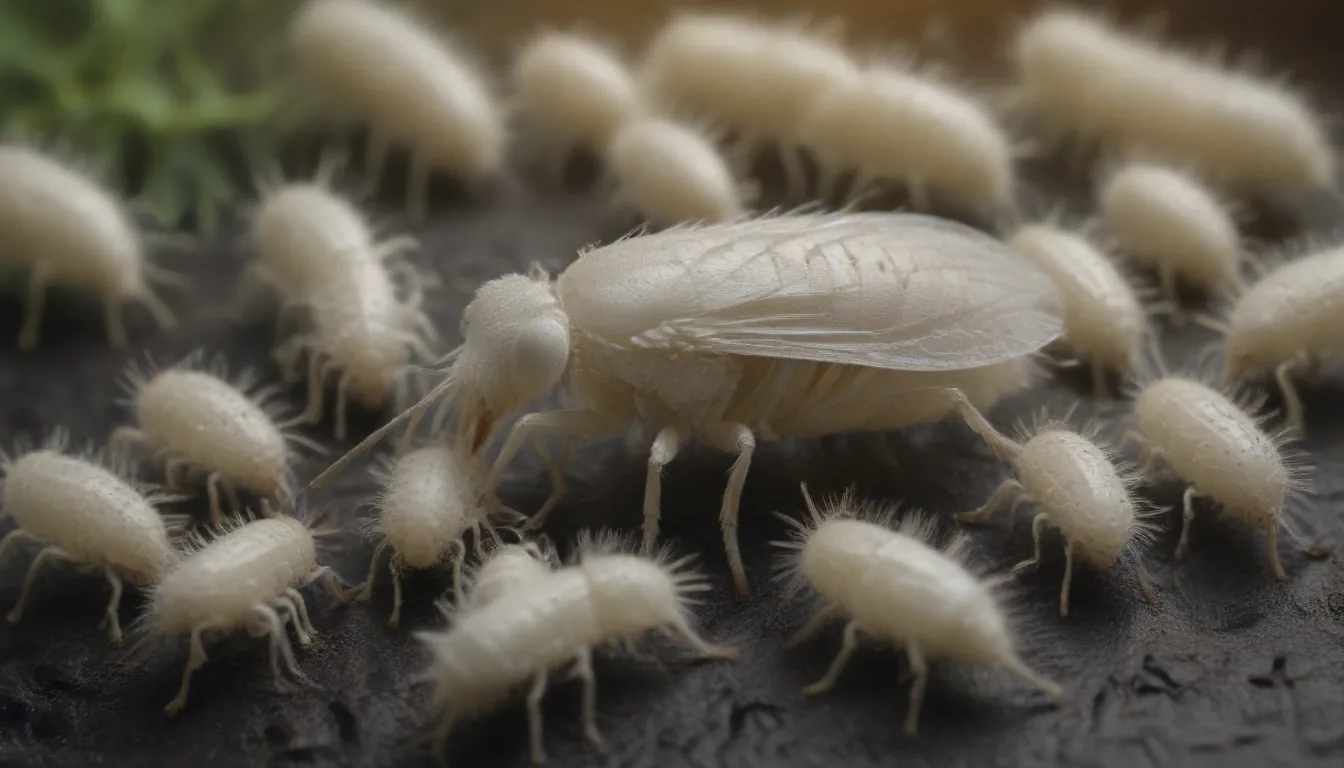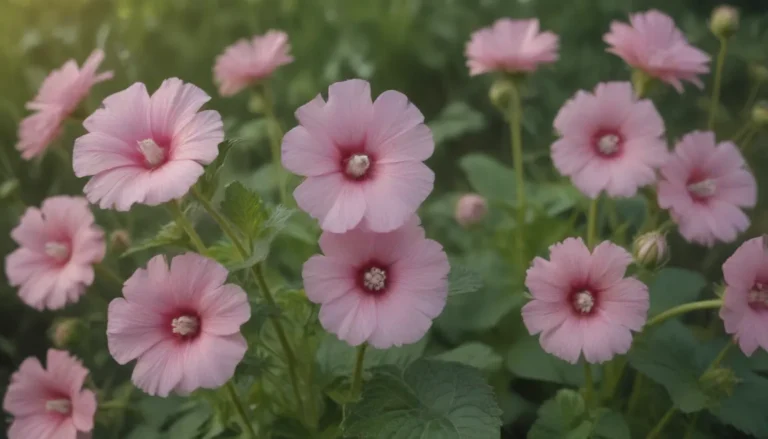A Comprehensive Guide on How to Identify, Manage, and Prevent Whiteflies

Are you dealing with pesky whiteflies in your garden or greenhouse? These tiny insects can wreak havoc on your plants, sucking sap and weakening them. In this detailed guide, we will explore everything you need to know about whiteflies – from identification to management and prevention strategies. Let’s dive in and learn how to tackle these troublesome pests effectively!
Understanding Whiteflies: Identifying the Enemy
Whiteflies are small insects belonging to the family of sap-sucking pests that also includes aphids and mealybugs. With over 1500 species, whiteflies can infest a wide range of plants, depending on your location and the type of plant. These heart-shaped flies are no more than 1/10 inch long, but when disturbed, they will emerge in a cloud from an infested plant. This is a clear indication of a whitefly infestation.
How to Identify Whiteflies
- Adult Whiteflies: Resemble tiny moths with a triangular shape and yellow heads.
- Eggs: White and cone-shaped, laid on the undersides of leaves in a circular pattern.
- Nymphs: Oval-shaped and move along the plant surface before maturing into adults.
- Feeding Behavior: Whiteflies feed on new growth, leaving behind sticky residue called honeydew.
If you suspect whiteflies, give the affected plant a gentle shake. If you see a cloud of insects flying up from the foliage, it confirms the infestation. Additionally, look for gnat-like insects flying around the plants and check for sticky honeydew residue on leaves and stems.
Causes of Whitefly Infestations: Understanding the Root of the Problem
Whiteflies are attracted to plants that are already stressed, making it essential to keep your plants healthy and robust. They thrive in warm temperatures between 80 and 90 degrees Fahrenheit and are particularly drawn to plants with smooth, soft leaves. Here are some factors that can contribute to a whitefly infestation:
- Nitrogen-Rich Soil: Whiteflies prefer to feed on new foliage growth, making nitrogen-rich soil a welcoming environment for these pests.
- Hot, Dry Weather: Warm temperatures and dry conditions create favorable conditions for whiteflies to thrive.
- Lack of Natural Predators: Overuse of pesticides can eliminate natural predators of whiteflies, allowing their populations to increase unchecked.
By addressing these factors and creating a healthy growing environment for your plants, you can reduce the risk of whitefly infestations.
Whitefly Plant Damage: Assessing the Impact
Whiteflies can wreak havoc on plants by feeding on their soft tissues, secreting honeydew, and causing fungal diseases. While they rarely kill plants outright, whitefly infestations can lead to chlorosis, defoliation, and stunted growth. In greenhouses, where conditions favor rapid reproduction, whiteflies can quickly spread to multiple plants in close proximity.
To effectively manage whiteflies, it’s crucial to understand their life cycle and the damage they can cause. By monitoring your plants regularly, you can spot early signs of infestations and take prompt action to protect your garden or greenhouse.
9 Effective Strategies to Control Whiteflies
When it comes to managing whiteflies, it’s crucial to employ a multi-faceted approach that includes both mechanical and chemical controls. Here are nine effective strategies to help you get rid of whiteflies on your plants:
Mechanical Controls
- Spray With Water: Use a strong spray from a garden hose to dislodge whiteflies from plants.
- Use Sticky Traps: Hang sticky traps near infested plants to capture adult whiteflies.
- Vacuum the Insects: Use a vacuum cleaner hose attachment to suck up adult whiteflies on houseplants.
Chemical Controls
- Spray With Insecticidal Soap: Use premixed insecticidal soap or make your own to control whitefly populations.
- Use Neem Oil: Neem oil has insecticidal properties and can help manage whiteflies on plants.
- Make Your Own Insect Spray: Create an all-purpose insect spray using natural ingredients like garlic, onion, and cayenne pepper.
- Use Pyrethrin Spray: Consider using pyrethrin sprays, derived from chrysanthemum flowers, to control whiteflies.
Natural Controls
- Encourage Natural Predators: Introduce beneficial insects like ladybugs and lacewings to control whitefly populations.
- Use Reflective Mulch: Reflective mulches can confuse whiteflies and deter them from infesting plants.
By combining these strategies and regularly monitoring your plants for whitefly activity, you can effectively manage and control infestations before they escalate.
Preventing Whitefly Infestations: Proactive Steps for Plant Protection
Prevention is key when it comes to managing whiteflies. By following these proactive steps, you can minimize the risk of infestations and keep your plants healthy:
- Inspect Plants Before Purchase: Check new plants for signs of whiteflies before bringing them home.
- Isolate Infested Plants: Quarantine new plants for a few days to prevent spreading infestations.
- Provide Natural Predators: Introduce beneficial insects like ladybugs and lacewings to control whitefly populations.
- Maintain Plant Health: Keep your plants healthy and stress-free to prevent whitefly infestations.
By incorporating these preventative measures into your gardening routine, you can create a resilient environment that is less susceptible to whitefly infestations.
Conclusion
Whiteflies can be a persistent nuisance in gardens and greenhouses, causing damage to plants and disrupting their growth. By understanding the behavior of these pests, identifying early signs of infestations, and implementing effective management strategies, you can protect your plants and keep them thriving. Remember to monitor your plants regularly, employ a combination of control methods, and prioritize plant health to effectively manage whiteflies and promote a pest-free garden environment.
With these insights and strategies at your disposal, you can confidently tackle whitefly infestations and create a flourishing garden that is free from these troublesome pests. Happy gardening!





